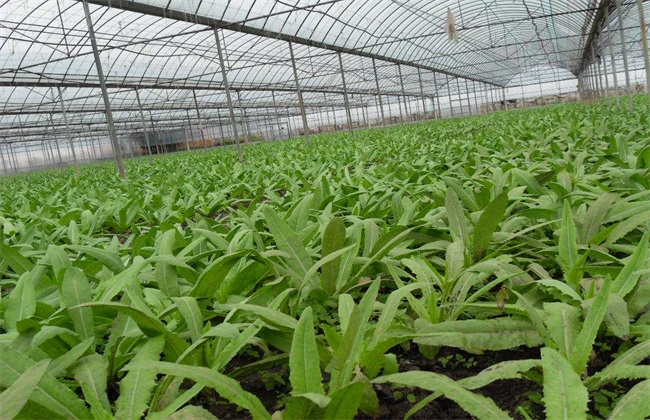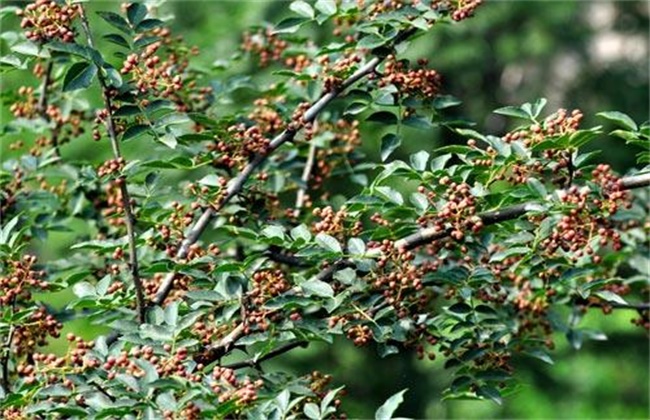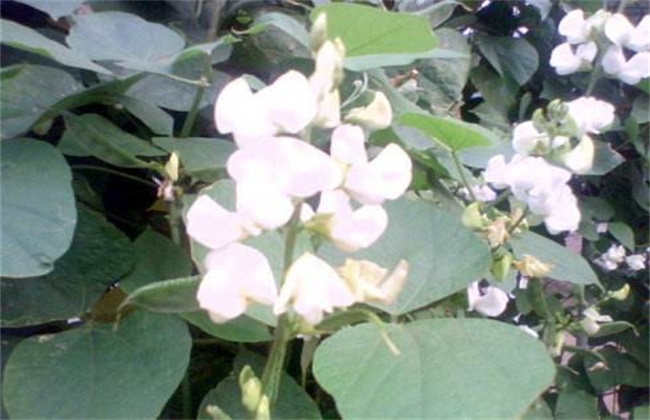Field Management techniques of Brassica napus
Rapeseed is a variety of lettuce, a variety of vegetables cultivated in recent years, the management of which is different from that of lettuce. Rape mainly feeds on leaves, so the characteristics of fertilizer and water requirements are not the same. Then the growth characteristics of rape determine the content of management. The weather and environment determine the focus of pest control. The specific management work is as follows, please pay attention.

1. Transplanting
5 to 6 long leaves begin to transplant. After flooding and infiltration before transplanting, seedlings start when the soil is moist and fluffy. If you don't water it into mud soup, you won't be able to transplant the soil. Try not to hurt the roots as much as possible. To raise seedlings, it is easier to take seedlings without watering, so that the nutritious soil will not be loose. Transplanting should be loose, not dense. The row spacing is about 20 cm and the plant spacing is 10 cm. The concrete can be used flexibly. The seedlings were delayed for about 10 days after transplanting. No fertilizer and water.
2. Fertilization
Field base fertilizer should be applied to about 1200 jin of ring fertilizer. Can add some plant ash about 200 jin, ditch application in the row absorption and utilization conversion rate is higher, the whole field is scattered, fertilization is not very concentrated, but it is good to improve the soil. Topdressing is mainly applied with nitrogen fertilizer, and when the plant grows to 15 cm high, it can be sprayed with 1: 300 potassium dihydrogen phosphate solution to replenish fertilizer. Urea can also be 10-15 kg fertilizer dissolved in water, irrigation application.
3. Drainage and irrigation
After transplanting for 10 days, the slow seedling ends, and the root system can be watered once after the root system grows normally. If the soil moisture is good, watering can be postponed. Rape needs enough water to keep the leaves growing, but to prevent downy mildew caused by excessive humidity, or flood damage to the basal leaves. Just keep about 60% of the soil moisture.
4. Diseases and insect pests
Often occur downy mildew, mainly infect stems and leaves, or near the base of leaves, mainly produce water-immersed disease spots, extend large areas of rot, the emergence of white mildew. Spray 200 times of liquid high-fat film (emulsion) before the onset of the disease, once every 10 days. The initial stage of the disease was sprayed with 75% chlorothalonil wettable powder 500 times. Serious use of 58% nail cream ·manganese zinc wettable powder 500 times liquid spray. The main insect pests are aphids, sucking leaves, and the use of 1000 times of 50% aldicarb wettable powder or 50% fenitrothion emulsion.
5. Ploughing and weeding
Herbicides should be used as soon as possible after planting weeds, but it is best to use botanical herbicides. Weeds can be pulled out manually when there are few weeds, and herbicides are used as little as possible. Leafy vegetables are prone to drug damage. Ploughing can be carried out after rain to avoid hardening.
About the specific management content is these, if you have management experience can refer to the combination of implementation. Hope to help you all. Thank you for your support.
- Prev

Prevention and Control measures of falling Flower and Fruit of Zanthoxylum bungeanum
Prevention and Control measures of falling Flower and Fruit of Zanthoxylum bungeanum
- Next

Control measures of falling flower of lentil at flowering stage
Control measures of falling flower of lentil at flowering stage
Related
- Where is it suitable to grow horseradish in China? it is expected to see the middle altitude horseradish in Alishan.
- How to prevent tomato virus disease reasonably? (Control methods included)
- Many people like to plant towel gourd on the balcony. What are the main points of this method and management?
- What crops can chili peppers be mixed with?
- Fertilization techniques and matters needing attention in Tomato
- What are the grafting techniques for peach seedlings in spring?
- Harm and control methods of root swelling disease of Chinese cabbage
- What are the pests of sweet potatoes? How to prevent and cure it?
- Symptoms, causes and Control methods of navel Rot in Tomato
- The cause of "Cucumber rotten bibcock" in Farmers' planting Cucumber and its Control Plan

